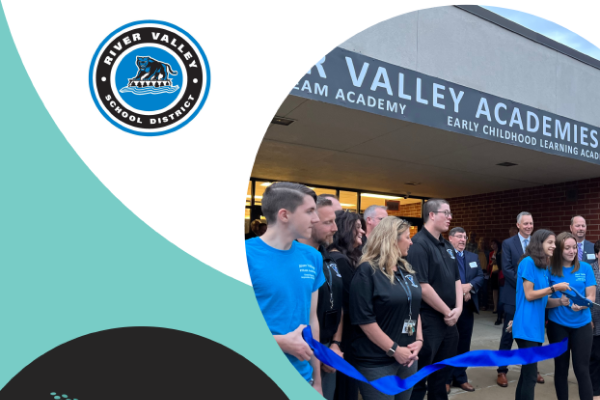Encouraging Students' Productive Struggles
Type:
Article
Topics:
College- Career- and Life-Readiness,
School Administrator Magazine
March 01, 2018
My View
AS OUR SCHOOL district has deliberately embraced the ideas of grit, growth mindset and “soft skills,” I have found my own thinking on these topics evolving. I’m sharply focusing on the concept of productive struggle, an idea that is honestly no more complex than students working hard at their appropriate level and finding incremental success.The complexity lies in how a teacher manages a classroom and designs lessons to promote and support productive struggle. I so clearly remember as a pre-teen student the exhilaration of writing and rewriting sentences as I tried different strategies and new vocabulary, checking in with my 5th-grade teacher as I failed and succeeded interchangeably.
I recall the student early in my teaching career who exclaimed with glee, “You are making my brain sweat!” as he grappled with a difficult rhetorical device. I watched my daughter get up an hour early three days in a row to collect data for a science lab that failed over and over. And I witnessed a teacher spending more time giving high-fives and cheering on the work of his teams of students than standing at the whiteboard modeling problem after problem.
Through all of these lenses, I clearly see the value of productive struggle in action.
Skills in Transition
Productive struggle is not readily measureable, and it will never appear on a state report card. But its importance is easily understood within the context of our school district’s focus of equity, relevance and innovation. We promote the idea of matching resources with student and community needs as our working definition of equity.
When introduced to new learning and unfamiliar learning environments, students react differently because their perceptions of how they will succeed may be very different, their skills are at various stages of development, and their supports outside of our schools may be uneven. We cannot apply the same strategies and types of support and expect the same measured outcomes for every student. Not every beginning swimmer needs the arm floaties for security, and not every 5-year-old uses training wheels for the same amount of time.
To keep our learners engaged in the learning with us, we must make sure that the struggle remains productive and encouraging. While a student may be struggling with simplifying fractions or analyzing primary sources or developing a better embouchure, the more relevant lesson is how to accept failure as a part of success. This is the lesson that will propel our students to achieve in an innovative society.
Assorted Tools
Sometimes, productive struggle is the result of serendipity, an alignment of the stars. The challenge for educators is to create that magical “sweet spot” of instruction deliberately. We obviously need to rely on a deep toolbox of instructional strategies, which can only be enhanced when we choose to work together in grade-level teams or departments or professional learning communities.
We need to know when to use a hammer and when a good wrench is necessary. And we, teachers and our students, need to develop a strong feedback loop.
To move students from a challenge that results in crippling frustration to productive struggle, we need to look for opportunities to gauge a student’s mastery at the granular level and communicate (and celebrate) the incremental success back to the student. And we need to reflect upon the impact of our grading practices on a student’s willingness to struggle.
More than anything, though, relationships are at the heart of productive struggle. For every example that I’ve encountered — as a student, a teacher, a parent and an administrator — relationships created the environment in which a student engaged in productive struggle with her or his teacher. Students thrive in rigorous classrooms when they know that their teachers are poised to empower them to push through the challenging tasks with high-fives and scaffolded supports. We are those teachers.
Author
Advertisement
Advertisement
Advertisement
Advertisement


.png?sfvrsn=3d584f2d_3)
